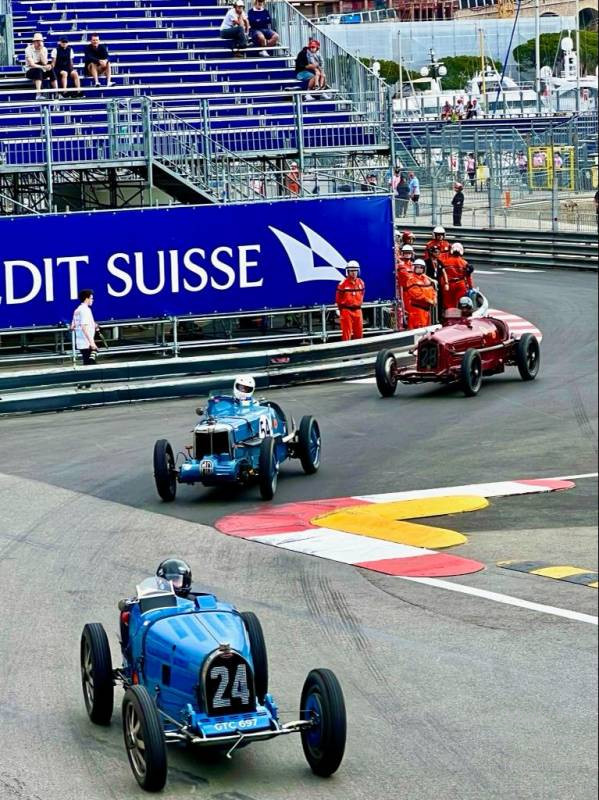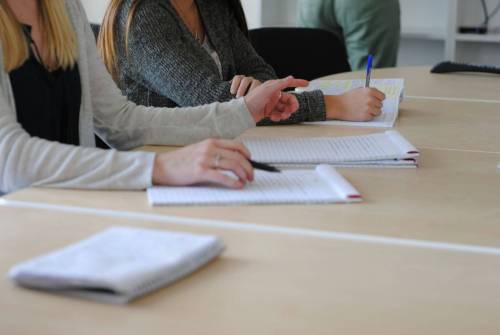Take a journey back in time to the greatest races in the most spectacular cars, as this year’s Historic Grand Prix tipped its hat to the fastest drivers to ever speed through Monaco’s legendary circuit. Races from the last century roared back to life during this year’s Historic Grand Prix, with a program full of exciting and heartfelt tributes.
The 13th Grand Prix de Monaco Historique was a little different from its predecessors, with spotlights on the F1 single-seaters that managed to leave their tyre marks on the pages of motorsport history, plus a few extra special events. From 13th-15th May, two hundred cars battled it out in eight separate series set on the Principality’s mythical track. Each series was named after a renowned racing star and transported spectators to a different racing era.
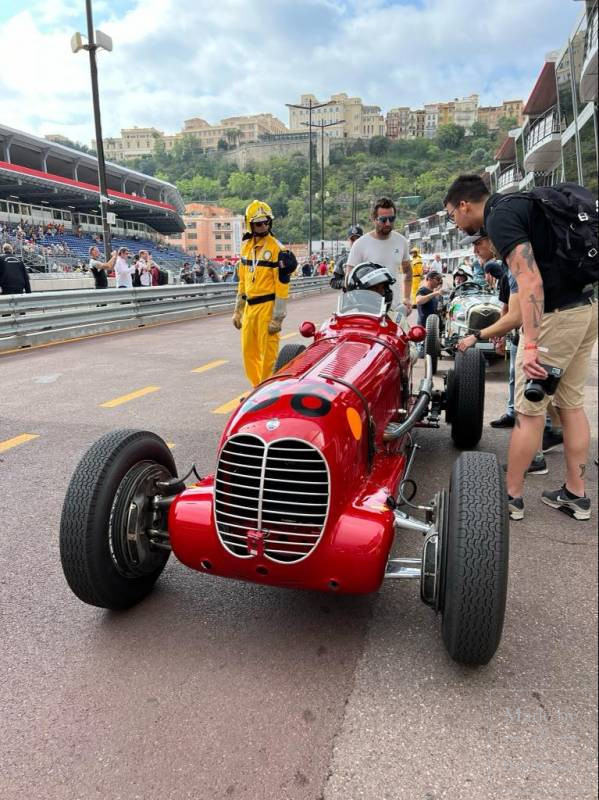
“He drives like Chiron”
First on the agenda is a race series named after one of the greatest drivers between the two World Wars, none other than Monaco’s own Louis Chiron. This series featured front-engine Grand Prix cars built before 1960.
Louis Chiron won the Monaco Grand Prix in 1931 and is still the only Monegasque driver to have won his home grand prix. Louis Chiron was so popular in Czechoslovakia, where he won three consecutive Grand Prix races, that even today his name lives on in the saying, “He drives like Chiron”. With a career that spanned thirty-five years, from the late 1920s until the 1950s, Louis Chiron is still the oldest driver to ever race in Formula One. He participated in the 1958 Monaco Grand Prix when he was 58 years old.
After retiring from racing, Chiron maintained an executive role with the organizers of the Monaco Grand Prix, who honoured him with a statue on the Grand Prix course and renamed the Swimming Pool corner after him. Because he achieved the greatest number of podium finishes in Bugattis, the 1999 Bugatti Chiron concept car and the 2016 Bugatti Chiron were named in his honour.
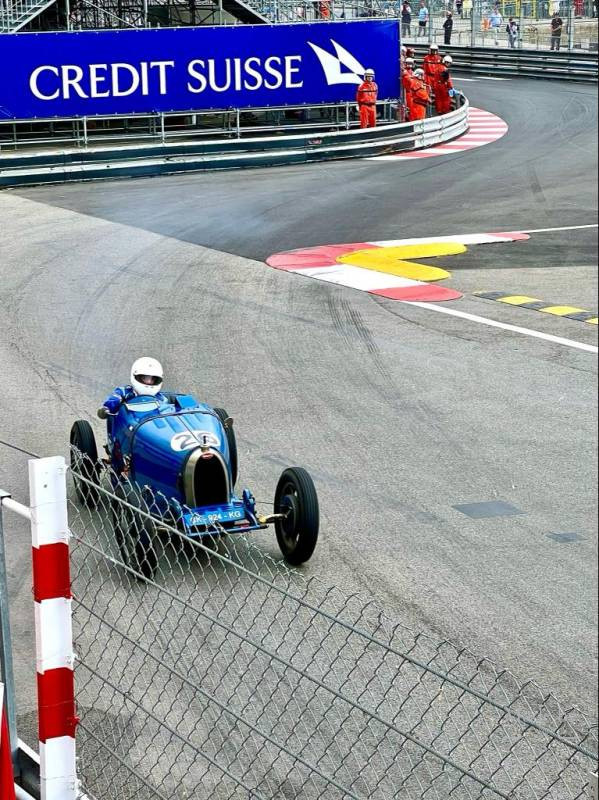
The sixties swing back to life with the Mr. Monaco series
Series B saw rear-engine F1 Grand Prix cars from 1961 to 1965 speed through the Principality and was named after none other than Mr. Monaco. Despite not passing his driving test until the age of 24 and entering the world of motorsport only a year later, Graham Hill would go on to become one of the greatest drivers of his generation. Hill is most celebrated for being the only driver ever to win the Triple Crown of Motorsport. He won the Monaco Grand Prix an astounding five times in the 1960s, which earned him the nickname Mr. Monaco. The 1969 Monaco Grand Prix victory was Graham Hill’s very last F1 win.
Next up is Series C, focussed on front-engine racing cars from 1952 to 1957 and named after Italian driver Vittorio Marzotto, who won the 1952 Monaco Grand Prix in a Ferrari 225 S. Vittorio raced sixteen times between 1948 and 1955 and his car of choice was the Ferrari. Vittorio’s 1952 Monaco Grand Prix win was almost snatched away by a multi-car pileup. The driver quickly seized his chance at first place when Eugenio Castellotti, who was in the lead, pulled into the pits for a Coke to quench his thirst. Vittorio raced ahead and battled it out with Castellotti at the end of the race before emerging victorious.
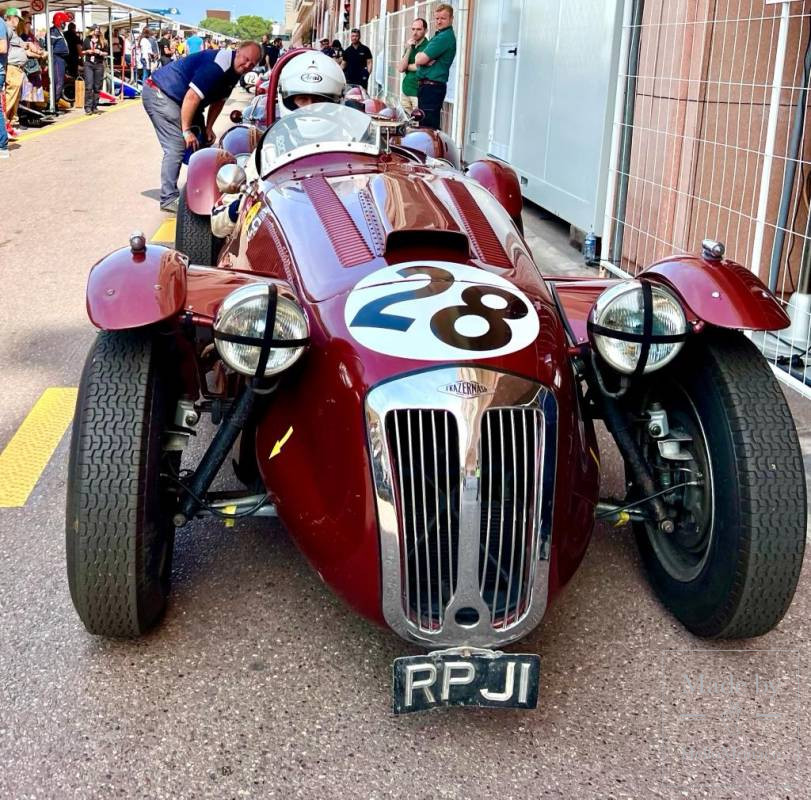
George Harrison’s song ‘Faster’ is a tribute to the Flying Scot, Jackie Stewart
Series D paid tribute to Jackie Stewart with F1 Grand Prix cars from 1966 to 1972. Nicknamed the Flying Scot, Sir John Young Stewart managed to win the Monaco Grand Prix in 1966, which was a difficult year for Stewart as he was racing in unreliable 3-litre H16 BRM cars. In 1971, Stewart won the Grand Prix races in Spain, Monaco, France, Britain, Germany and Canada. Entering the 1973 season, Stewart decided to retire, but he still won the Grand Prix events in South Africa, Belgium, Monaco and the Netherlands. His last and then record-setting 27th victory was during the 1977 Monaco Grand Prix. George Harrison, a good friend of Stewart’s, released the single ‘Faster’ in 1979 as a tribute to Stewart and Niki Lauda.
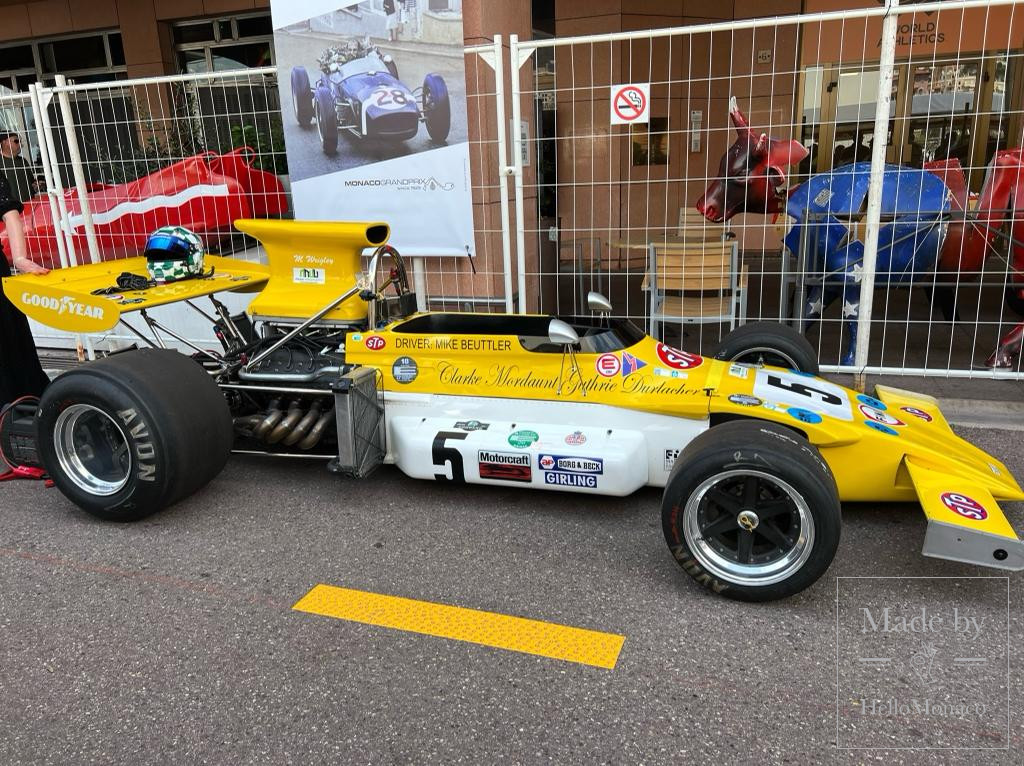
Going £30,000 into debt for a motorsport career before signing with Ferrari
Niki Lauda’s family never wanted him to become a race car driver. So, he took out a £30,000 bank loan, secured by his own life insurance policy, to buy his way onto a Formula 2 team in 1971. Lauda’s star was on the rise when he placed 3rd at the Monaco Grand Prix in 1973, which piqued the interest of Enzo Ferrari, who signed him three years later and paid him enough to clear his debts. After winning the 1975 Formula One in a Scuderia Ferrari, Lauda was seriously injured in a crash at the 1976 German Grand Prix when his Ferrari 312T2 burst into flames. He came close to death after inhaling toxic smoke and suffering severe burns. He pulled through and raced again just six weeks later at the Italian Grand Prix, and eventually lost the championship title by just one point to James Hunt. Only one year after his major injury, Niki Lauda went on to win his second Formula One championship.
One week after his death in 2019, drivers and teams paid tribute to Niki Lauda during the 77th Monaco Grand Prix. A moment of silence was held before the race while fans and drivers wore red caps and helmets in his honour. Monaco’s Charles Leclerc wore a cap with the name ‘Niki’ printed on the front.
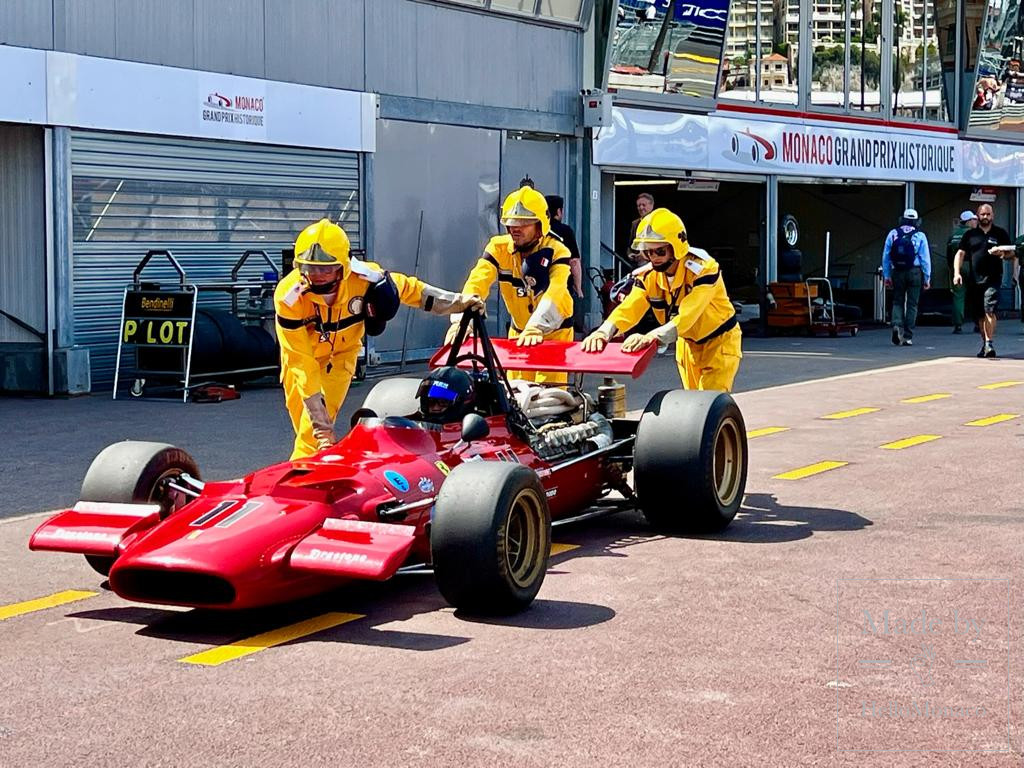
Racing snowmobiles in Quebec before making Grand Prix History
Series F is named after Gilles Villeneuve and featured F1 Grand Prix cars from 1977 to 1980. The 40th anniversary of the death of Colin Chapman, founder and manager of Lotus, was also commemorated during this series, with over thirty-five Lotus cars participating.
Gilles Villeneuve won six Grand Prix races in a short career of just six years. The Canadian racing driver started his professional career by competing in snowmobile races in Quebec. For the 1981 season, Ferrari introduced their first F1 turbocharged engine, the 126C, which produced tremendous power but had poor handling. Gilles Villeneuve still managed to wind his way through Monaco’s tight circuit during the 1981 Grand Prix and win the race with the 126C, an incredible feat for any driver. Gilles Villeneuve died in a 230 km/h crash during qualifying for the 1982 Belgian Grand Prix and remains one of the most iconic figures in the world of motorsport.
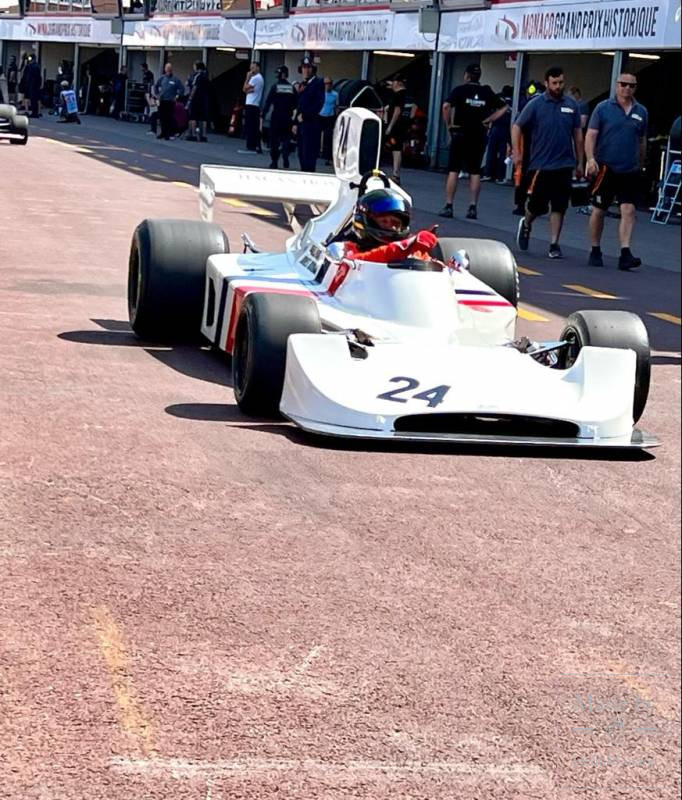
Celebrating cars from the 1980s for the very first time
For the first time ever, this year’s Historic Grand Prix had a race dedicated to cars from 1980 to 1985. Series G, the final series of the event, is named after racing legend Ayrton Senna.
Acclaimed for his wet weather performances, Senna managed to win the 1984 Monaco Grand Prix during heavy rain, one of the most renowned races in F1 history. The race start was delayed by 45 minutes due to weather, which led Niki Lauda to request that the tunnel, which was dry and coated with oil from the previous races, be flooded. A local fire truck was called in to hose down the section of the track and the race began. Senna still holds the record for six victories at the Monaco Grand Prix.
The Brazilian driver was known for strolling back to his apartment in Monaco after racing through the Principality. Senna died at the age of 34 after being fatally injured during the 1994 San Marino Grand Prix. In 2007, Prince Albert II of Monaco unveiled a plaque in his honour at the Fairmont Hotel during a ceremony that was attended by his sister, Viviane Senna.
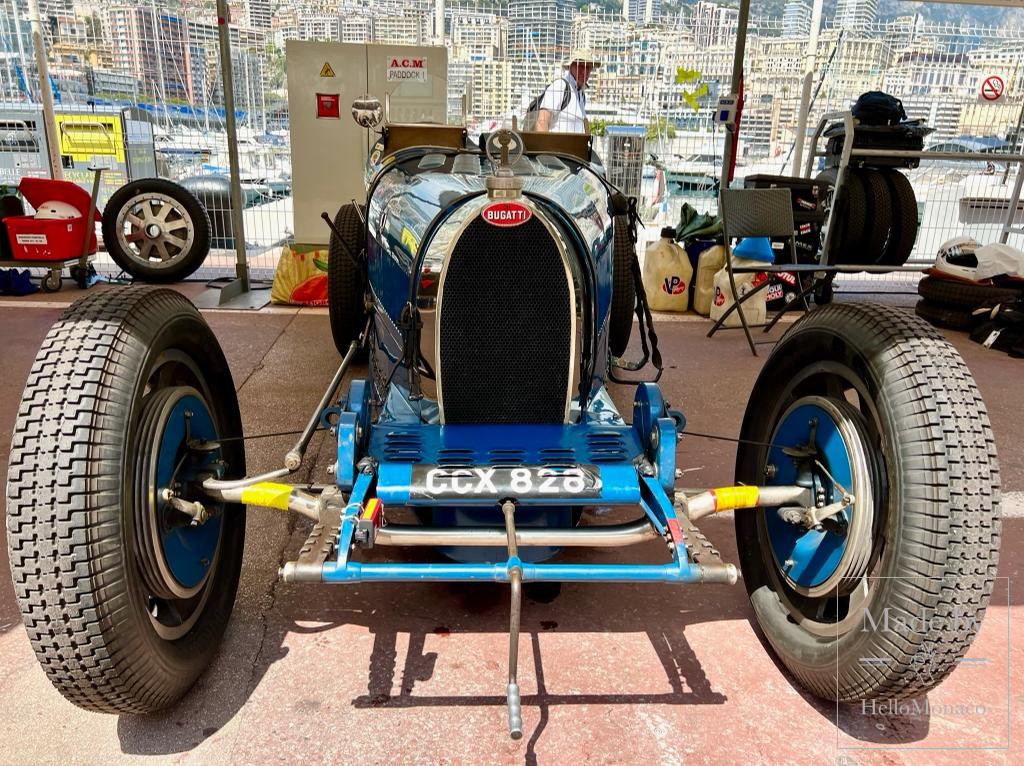
They won in Monaco at the wheel of Lotus cars
Winning the Monaco Grand Prix is a special achievement – the challenging circuit and spirit of the Principality has always given its special glamour and prestige.
The Lotus car brand has left a distinctive mark on Monaco and as many as seven times its drivers have been victorious in Monaco. The founder of Lotus Cars in 1952 was British car designer Colin Chapman, who has been presenting his own Lotus team in Formula 1 since 1958.
This year, many Lotus car owners, as well as Classic Team Lotus, led by the founder’s son Clive, have considered that the Historic Monaco Grand Prix was a unique opportunity to pay a tribute to Colin Chapman, who passed away in 1982, especially for the place the English brand left in motorsport and especially at Monaco. The Automobile Club de Monaco has eagerly joined in, and suggested to regroup all the Lotus cars entered in various series in one and only exceptional starting grid along the pit lane straight.
Let’s go back in time and remind ourselves of the winners behind the wheel of Lotus racing cars in Monaco. In 1960 the winner of this unique race was Stirling Moss, one of the great British Formula 1 drivers, at the wheel of a Lotus Type 18. He repeated his success in 1961 at the wheel of the same car, which was entered by Rob Walker’s private RRC Walker Racing Team.
In 1968 and 1969 the winner of the Monaco Grand Prix was Graham Hill. He triumphed at the wheel of a Lotus 49B.
Next year, the first pilot to finish the Monaco Grand Prix was again at the wheel of a Lotus. It was Jochen Rindt driving a Lotus 49C.
Then, in 1974, it was Ronnie Peterson driving a Lotus 72E who was first to finish at the legendary Monaco race track. Completing this list of Monaco victories is none other than legendary racing driver Ayrton Senna, who crossed the finish line at Monaco in 1987 behind the wheel of a Lotus 99T. It was he who topped the charts for the most wins in Monaco.
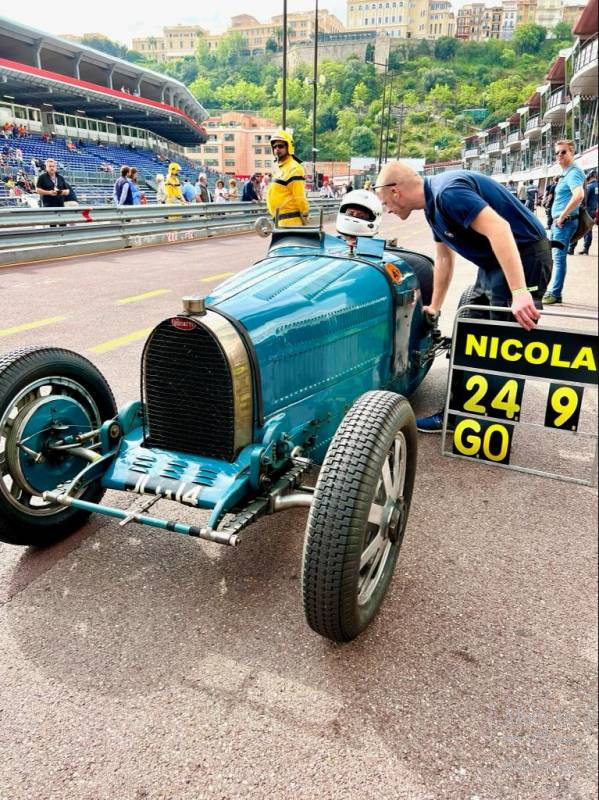
Heroes of the Historic Monaco Grand Prix 2022
This year’s race is over and it’s time to name the winners. In each category a different set of heroes have distinguished themselves.
In the A1 Series “Louis Chiron” Mark Gillis – starting from pole position on his 1934 ERA R3A – was overtaken at the first corner of Sainte-Dévote by Nicolas Topliss in another ERA, the 1935 R4A. The Briton was on his way to victory when, two laps before the finish, he punctured his left rear tyre, crashing into Riley Dobbs Thierry Chanouin, from whom he was pulling away. Joining Gillis on the podium were Swiss driver Anthony Sinopoli (1936 Maserati 6CM/4CM) and Patrick Blakeney-Edwards (1935 Frazer-Nash).
In the A2 Series races, female driver Claudia Hürtgen took top place on the podium. Starting from pole on Sunday, she battled throughout the race with Tony Wood’s Tec-Mec F415, a 1959 car with a front engine like her Ferrari. The race was interrupted one lap from the finish by a red flag following a Lotus “pile-up” at the Antony-Noghès corner. Joining her on the podium was the Spaniard Guillermo Fierro-Eleta (Maserati 250F).
In category B, podium places went to Joe Colasacco driving in a 1964 Ferrari 1512, Christopher Drake, who ran a quiet race in his Cooper T71/73, and Andrew Beaumont, who defended Lotus’ honour in his Type 24.
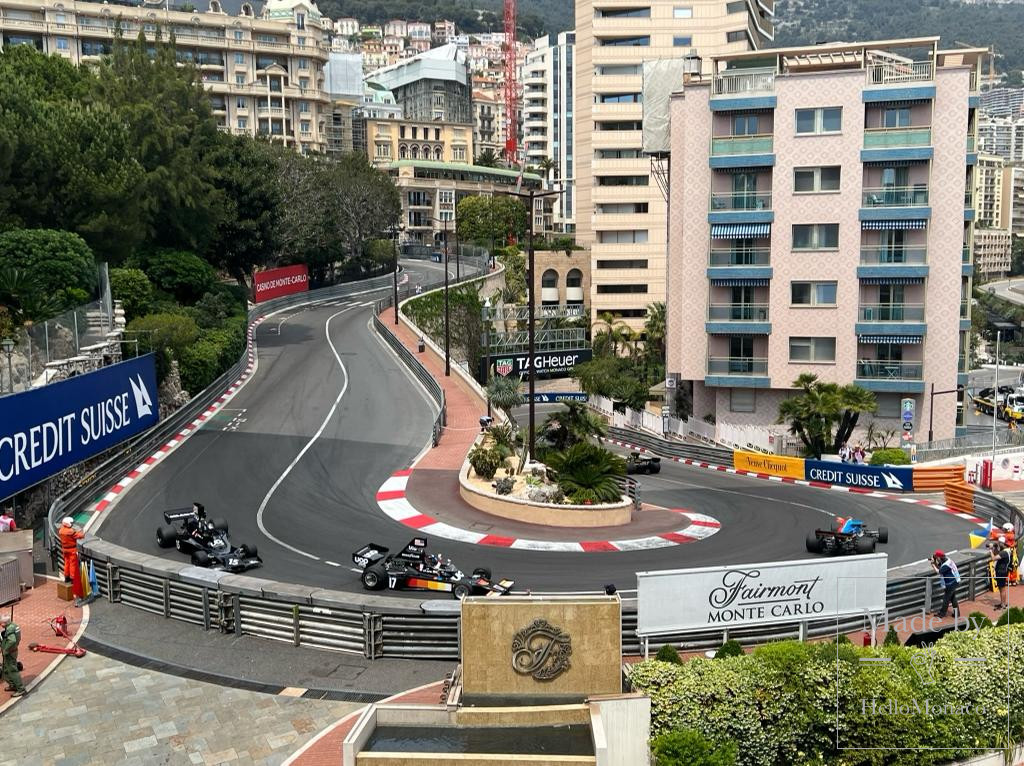
It was British driver Frederick Wakeman in his 1955 Cooper Jaguar T38 Mk2 that started from pole position in the Vittorio Marzotto C Series and won, not without difficulty. He was ahead of two Maserati 300S driven by Austrian Lukas Halusa and Spaniard Guillermo Fierro-Eleta. Rounding out the top five was Niklas Halusa, Lukas’ brother, driving a 1954 Jaguar D-Type, ahead of German Claudia Hürtgen, winner of the morning’s A2 race, who had swapped her Ferrari Dino 246 for a Maserati 300S.
The 1971 MCLAREN M19A had already won on the streets of the Principality in 2016, in the hands of the same Stuart Hall, who was first in the Series D race. He was beaten at the first corner by Jordan Grogor’s Matra MS120C, who was later penalised ten seconds for having anticipated the start, but that penalty didn’t stop him from taking the third step on the podium. Michael Lyons, who started from the fourth position, ended up finishing second in his Surtees TS9, having benefited from the BRM P153 of Mexican Esteban Gutierrez being run off the track due to a mechanical issue.
It was a long-awaited duel, with Briton Stuart Hall in the 1973 McLaren M23 winning the Niki Lauda E-Series race for his second win of the morning. Starting from pole position, Hall passed the black and gold Lotus 76 driven by German Marco Werner, who ended up taking the second step of the podium. Finishing third was Michael Lyons driving the 1976 Mc LAREN M26.
In category F, Michael Lyons, who had already won the Historic Monaco Grand Prix seven times, including four times (2012, 2014, 2021 and 2022) at the wheel of a blue Hesketh 308 E, was the triumphant driver, as Michael Cantillon took 2nd place after Lyons in his Tyrrell 010. Lotus 1977 Type 78 driver Lee Mole completed the podium in this category, with Monegasque Frederic Lajoux finishing at the foot of the podium, 4th in his black and gold Arrows, although he started from the last position after a collision in qualifying.
In the G category the winner was German driver Marco Werner at the wheel of a Lotus 87 produced in… 1982, the year Colin Chapman passed away. Truly it was a great tribute to the British car designer, paid with all honours, as the entire podium of this category was occupied by Lotus cars. Werner, a three-time winner of the 24 Hours of Le Mans race, had beaten Michael Lyons, the British category E race winner an hour earlier, who had swapped his 1983 Hesketh for a Lotus 92 in this category to take second place on the podium. On the last step of the podium was another Briton, Nick Padmore, in the famous Lotus 88B double chassis car, produced in 1981 but never allowed to race.
